Researchers Explore Carbon Capture in Fish Farms
Scientists are exploring a new model for carbon capture in low-oxygen aquatic environments, such as fisheries, that will help address rising global temperatures and could potentially be cost-effective, a recent study published in Nature Food said.
Lead researcher Mojtaba Fakhraee, an assistant professor of earth sciences who will begin his appointment at University of Connecticut in August 2025, worked with Noah Planavsky, professor of Earth and planetary sciences at Yale University, to develop a model to explore how alkalinity production through enhanced iron sulfide formation in fish farms could offer a low-cost and efficient way to capture at least 100 million metric tons of CO2 annually.
Fakhraee says the study focuses on fish farms because they are directly influenced by human activities and can be an ideal place for capturing carbon while reducing toxic sulfide concentrations.
The researchers’ model found that adding iron, which reacts with accumulated hydrogen sulfide, increases alkalinity. This, in turn, raises carbonate saturation levels, enhancing the capture of CO2 from the environment.
This model would be most effective in countries like China and Indonesia, which have abundant fish farms, the authors note. Fakhraee and Planavsky estimate that China alone could remove nearly 100 million metric tons of CO2 per year from the atmosphere.
Fakhraee says this finding will also positively impact the success of fish farms, as the buildup of hydrogen sulfide can be toxic to fish, leading to increased mortality rates or fish becoming too sick to sell. The proposed model would reduce this toxicity, leading to larger fish populations and more sustainable, profitable operations.
He added that this approach could be more effective than other methods of carbon capture because it would essentially permanently store the carbon. “It’s going to be stored on a time scale of thousands of years, which is much longer than the lifetime of CO2 in the atmosphere,” he says.

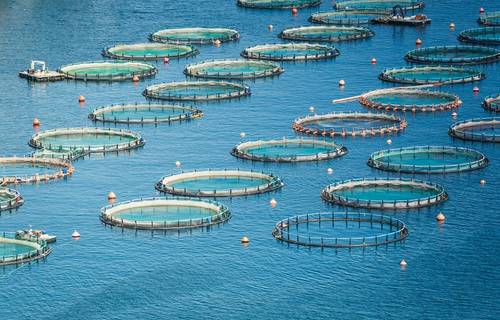
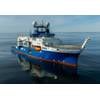


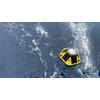
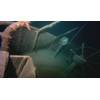
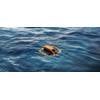





 December 2025
December 2025



